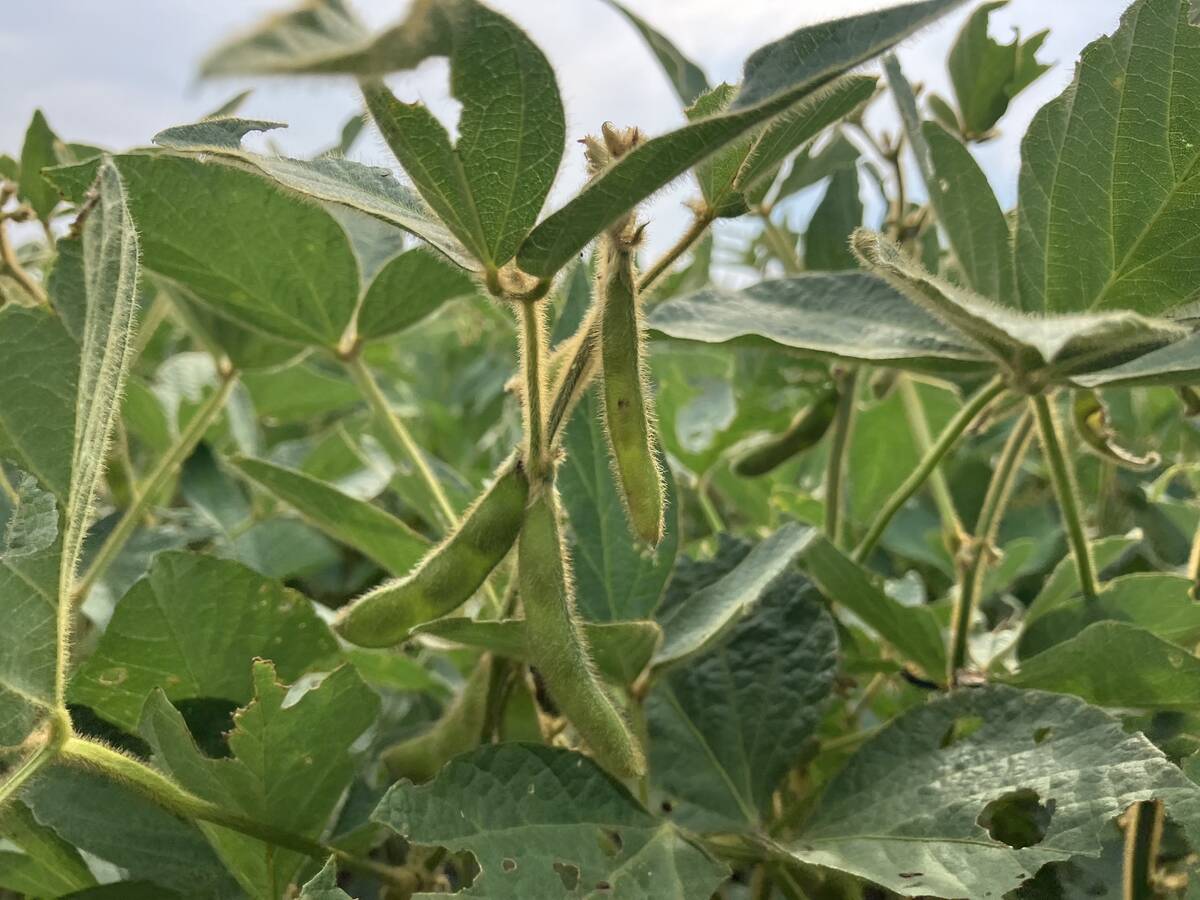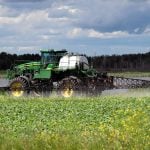Canadian farmers are expected to plant the country’s largest ever canola crop this year.
Agriculture Canada’s Grains and Oilseeds Outlook, which was released Jan. 17, is projecting canola plantings at 19.768 million acres.
It also expects canola production to hit an all-time high, increasing to 15 million tonnes from 12 million tonnes just two years ago.
If the 2012 canola estimate holds true, it would represent a significant milestone for the industry, which has been suggesting since 2006 that annual production could reach 15 million tonnes by 2015.
Annual canola production in Canada was estimated at just nine million tonnes in 2006.
Read Also

Proposed dicamba restrictions please expert
Pest Management Regulatory Agency proposes banning “over-the-top” spraying of dicama on soybeans.
“We have been climbing steadily over the past few years, but it would be quite extraordinary if we hit our mark a few years before 2015,” said Debbie Belanger, spokesperson for the Canola Council of Canada.
“It just goes to show how much confidence there is in canola right now.”
Although the accuracy of Agriculture Canada’s January estimates depend largely on growing conditions, the fact that 15 million tonnes of canola are now within the industry’s grasp suggests the crop continues to represent an increasingly important option in’ rotations, Belanger said.
Canola’s profitability, along with improvements in yield, agronomic performance, genetics and market demand, have all contributed to the rapid expansion in acreage, she added.
“It’s the genetics, it’s the agronomy and it’s the markets,” Belanger said.
The Agriculture Canada outlook also projected significant acreage increases for wheat, durum, barley, oats and peas.
Durum acreage is projected to increase 19 percent from last year to 4.77 million acres, wheat acreage other than durum is projected to increase 11 percent to 19.4 million acres and barley acreage is projected to jump 22 percent to 7.9 million acres.
Peas and oats are expected to see the most dramatic increases.
Pea acreage is projected to be 2.97 million acres, up from 2.33 million acres last year. Pea production, assuming normal yields and normal growing conditions, could increase by 25 percent.
Oat acreage is estimated to be 3.95 million acres, an increase of more than 800,000 acres from last year’s 3.11 million acres.
The January outlook for grains and oilseeds is prepared by Agriculture Canada’s market analysis division and represents the first glimpse at seeded acreage and production for all major cereal and oilseed crops grown in Canada.
The department simultaneously releases an outlook for pulse and special crops.
Unlike other acreage projections that are based on producer surveys, Agriculture Canada’s January outlooks are based on market intelligence and consultations with market analysts and industry players.
“By and large, it’s an analytical exercise based on historical trends and current information,” said Fred Oleson, the department’s chief of market analysis for grains and oilseeds.
He said projected increases in seeded acreage will coincide with a significant reduction in summerfallow acreage.
“Sumerfallow is one of the major factors in the whole process because as you’ll remember, we had a lot of moisture problems in … Western Canada last year,” he said.
If the weather co-operates, growers in southeastern Saskatchewan and southwestern Manitoba will reclaim significant acres that were left unseeded last year because of flooding and excess moisture, he added.
Canada’s total summerfallow acreage is projected to drop to 6.3 million acres in 2012, down from 12.4 million last year.
Meanwhile, total seeded acreage for all grains and oilseeds is estimated at 64.6 million acres in 2012, the highest number since grain and oilseed acres topped 66 million acres in 1997-98.
Oleson said the accuracy of estimates made in January can be affected if Canada’s main production regions receive unusual weather, as was the case in many areas last spring.
However, most regions are reporting below average snow cover, suggesting that many of the acres that went unseeded last year will return to production in 2012.
“It all depends on the weather. Last year we had been forecasting a shift out of summerfallow as well, but then we got all that bad weather last spring and summer,” Oleson said.
“Things can change so rapidly that you never know what might happen … come spring time.”
Oleson also said carry-in stocks for most major grains and oilseeds are lower than they were a year ago.















